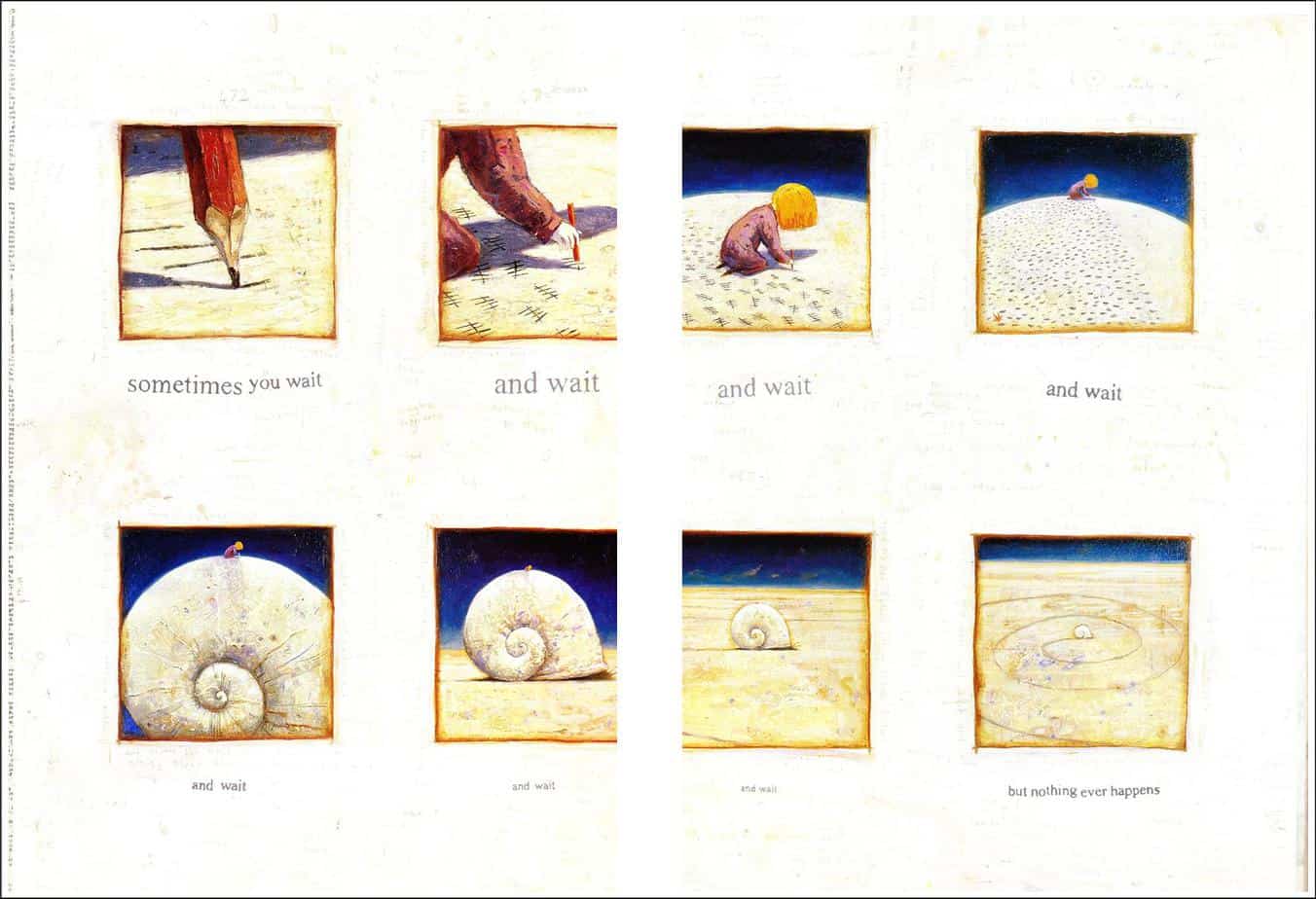The axial cut is a film editing technique. It is a type of jump cut useful to the horror genres. In any ‘jump cut’, the viewer sees a ‘jump in the visual’.
In an axial jump cut, the camera suddenly moves either closer to or further away from its subject. (The filmmakers will either make use of a zoom lens, or physically move the camera.)
‘Axial’ describes something that rotates around an axis. Imagine the ‘axis’ as an invisible line between camera and subject. In contrast to the jump cut, which indicates a jump in time, the axial (jump) cut indicates continuity. (No time jump has taken place.)
An axial cut is a type of jump cut, where the camera suddenly moves closer to or further away from its subject, along an invisible line drawn straight between the camera and the subject. While a plain jump cut typically involves a temporal discontinuity (an apparent jump in time), an axial cut is a way of maintaining the illusion of continuity. Axial cuts are used rarely in contemporary cinema, but were fairly common in the cinema of the 1910s and 1920s.
Wikipedia
AXIAL CUTS AND JAPAN
Axial cuts have been especially popular with big name Japanese film makers across the 20th century.
Rather than describe this editing technique, let’s show it. Cole Smithey has done the hard yards of finding examples from Hitchcock and Kurosawa:
In the age of gif memes, the axial cut has found a new home among the ‘film-makers’ of social media. Here’s a homemade version of an axial cut, starring a cat.
Since this particular film editing technique works particularly well with static shots, it stands to reason that comic book illustrators make heavy use of it. Comic books, after all, are a static medium.
THE AXIAL CUT IN CHILDREN’S ILLUSTRATION
Ditto for picture books. Here it is in a picture book by Australian author/illustrator Shaun Tan. The Red Tree is an allegory for depression. In this case, the axial cut emphasises (the horror of) loneliness.

